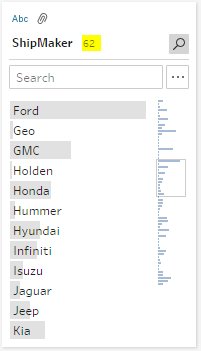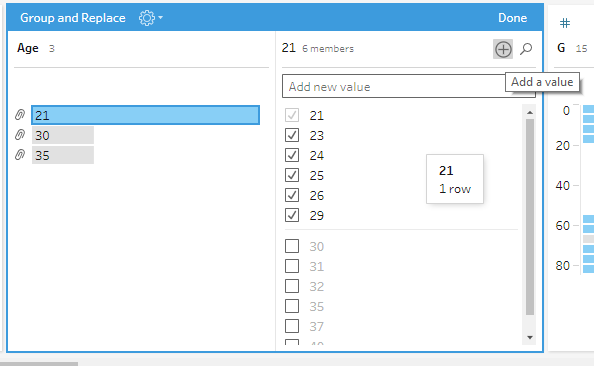

- TABLEAU PREP RELEASES HOW TO
- TABLEAU PREP RELEASES SOFTWARE UPGRADE
- TABLEAU PREP RELEASES UPGRADE
- TABLEAU PREP RELEASES WINDOWS
Review and upgrade other applications based on your installations, such as tabcmd, Tableau Bridge for Tableau Cloud, and the Content Migration Tool.įor every upgrade, you should evaluate the following areas: The Desktop Administrator and Mobile Administrator roles will be responsible for packaging and updating Tableau Desktop, Tableau Prep Builder, and Tableau Mobile, which apply to both Tableau Server and Tableau Cloud deployments.
TABLEAU PREP RELEASES HOW TO
For instructions on how to determine your version of Tableau Server, see View Server Version. Examples of pre-TSM versions are 9.3, 10.5, and 2018.1.
TABLEAU PREP RELEASES WINDOWS
Pre-TSM versions of Tableau Server on Windows are versions older than 2018.2. These are required only for the pre-TSM to TSM upgrade. When you upgrade from a pre-TSM version of Tableau Server (2018.1 or earlier) to a version running with TSM, you need to go through some special upgrade steps. TSM is used to manage installation and configuration of Tableau Server.

TSM is the web-based server configuration and management utility that replaces the Server Configuration utility and the tabadmin command line utility. The Tableau Server upgrade process has changed with the introduction of TSM. The Resource Monitoring Tool master server and agents should also be upgraded too, if deployed.īeginning with version 2018.2, Tableau Server on Windows is available with Tableau Services Manager (TSM), beginning with version 2018.2 for Tableau Server on Windows and version 2018.1 for Tableau Server on Linux. Once validated in the test environment, they will schedule the production environment upgrade and, if applicable, the disaster recovery environment upgrade.

TABLEAU PREP RELEASES SOFTWARE UPGRADE
The maintenance window for Tableau Cloud is communicated in advance through a pop-up message after sign in, as shown below:įor Tableau Server, the software upgrade process will be performed by the Systems Administrator and Tableau Server Administrator roles, who will upgrade the server environments beginning with the test environment. The welcome banner is found in Server Settings > Customization as shown below:īecause Tableau Cloud is a fully-hosted solution, Tableau maintains it. The sign in message is found in Server Settings > General as shown below: To notify users of the pending upgrade, Tableau Server administrators should use Tableau Server a sign in message and/or a welcome banner message to help communicate the downtime window. Version Compatibility with Tableau Cloud.Version Compatibility with Tableau Prep.Version Compatibility Between Tableau Desktop and Tableau Server.For each upgrade, you should evaluate version compatibility by reviewing the links below:

Due to these changes, upgrades require comprehensive testing in your test environment to mitigate post-upgrade issues. Quarterly releases may introduce new features that can have architectural changes to the platform. Tableau Server, Tableau Cloud, and Tableau Desktop are updated on a quarterly release cycle, while Tableau Prep Builder is updated monthly. In addition, the communications, education, and support plans should be created by the project team in preparation of the software upgrade process outlined in this topic. When these areas are addressed early, administrators can better manage users' expectations, rather than having to react to business demands for new features and functionality. As part of defining your organization's Analytics Strategy, the cross-functional project team established the guiding principles for upgrades with the Tableau Upgrade Planning and Process Checklist The initial decisions about upgrade frequency, version selection, and version compatibility define when and how upgrades are performed.


 0 kommentar(er)
0 kommentar(er)
